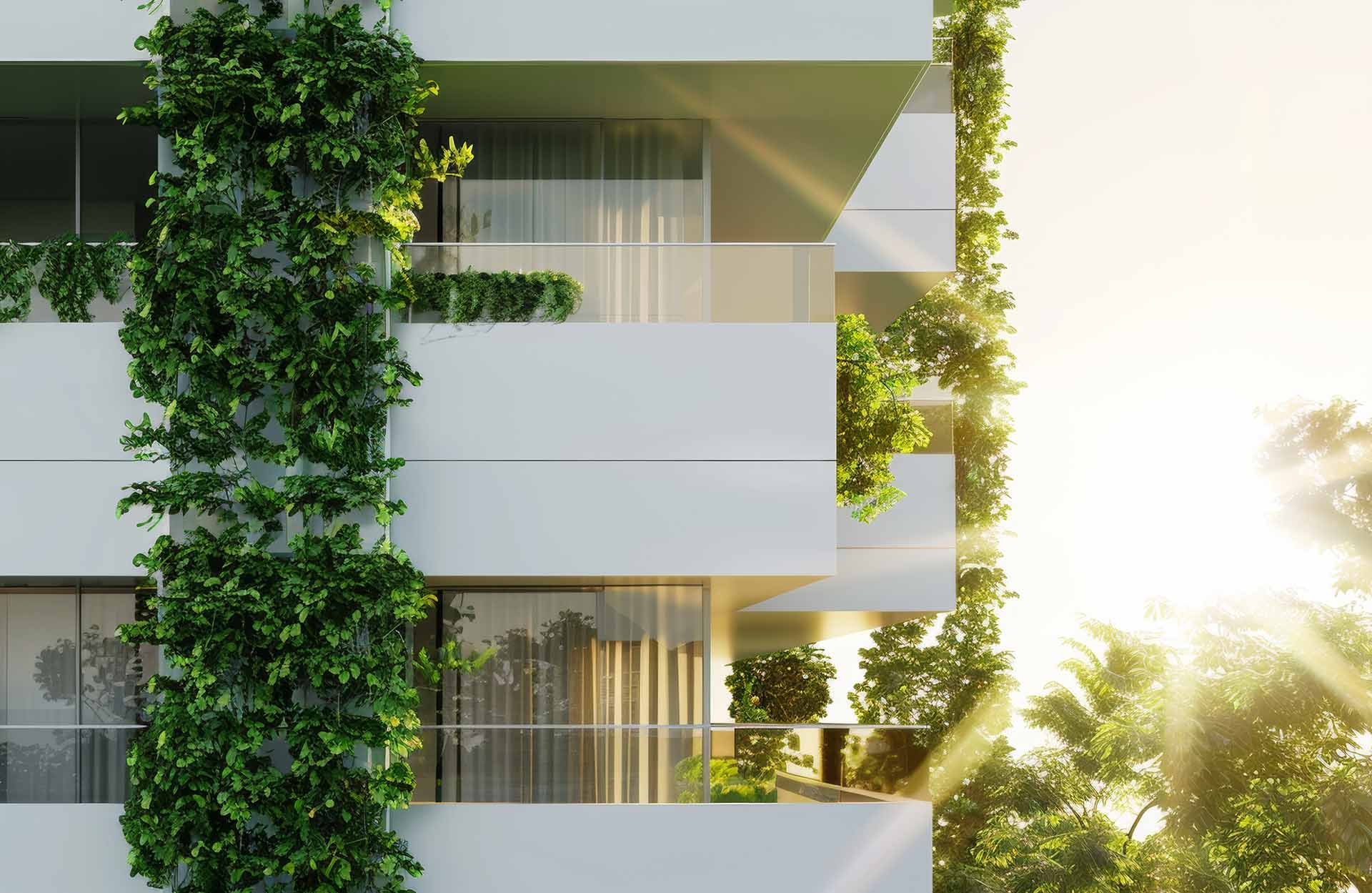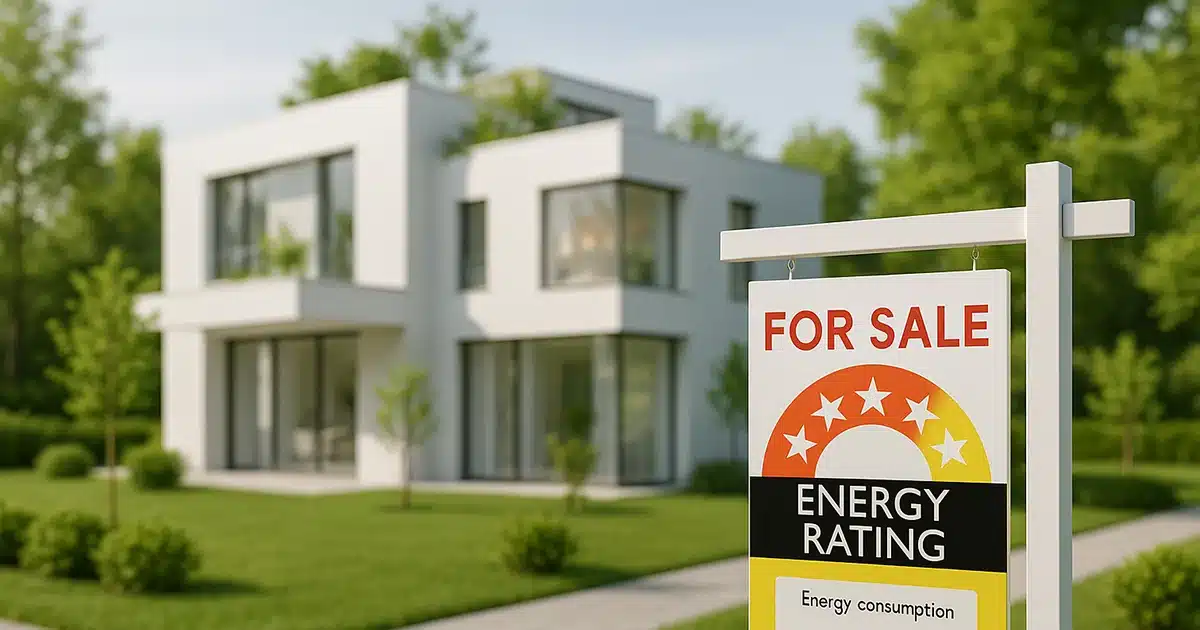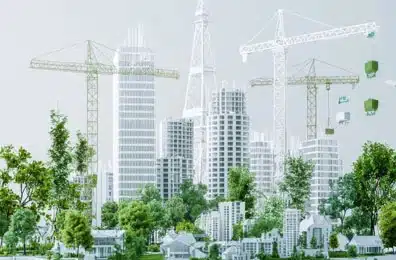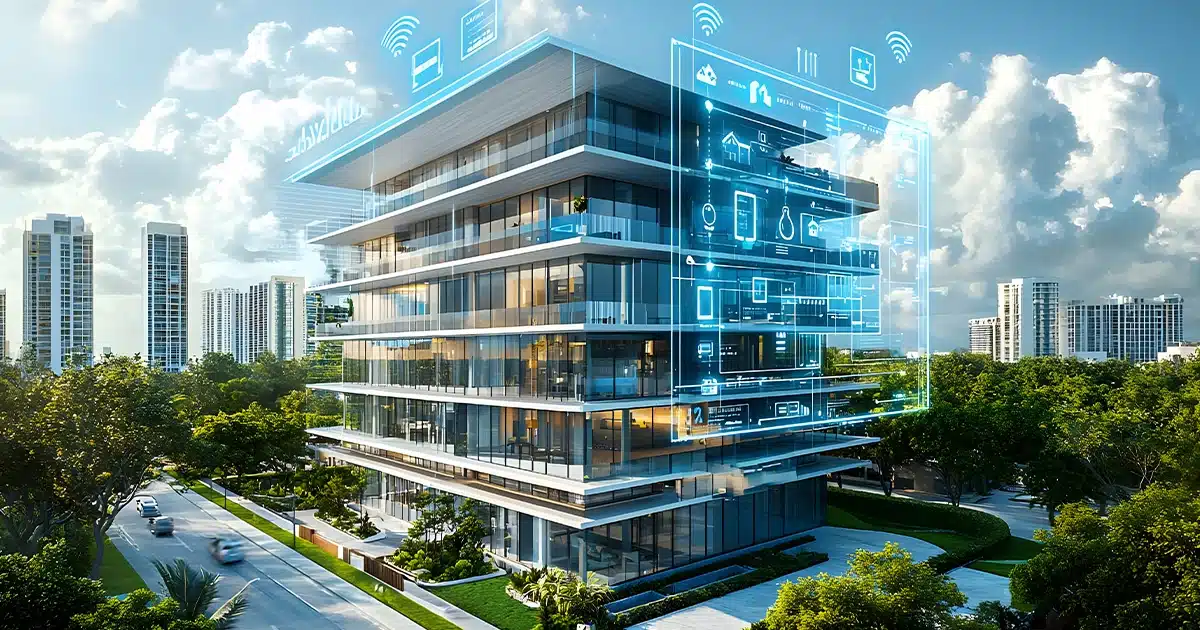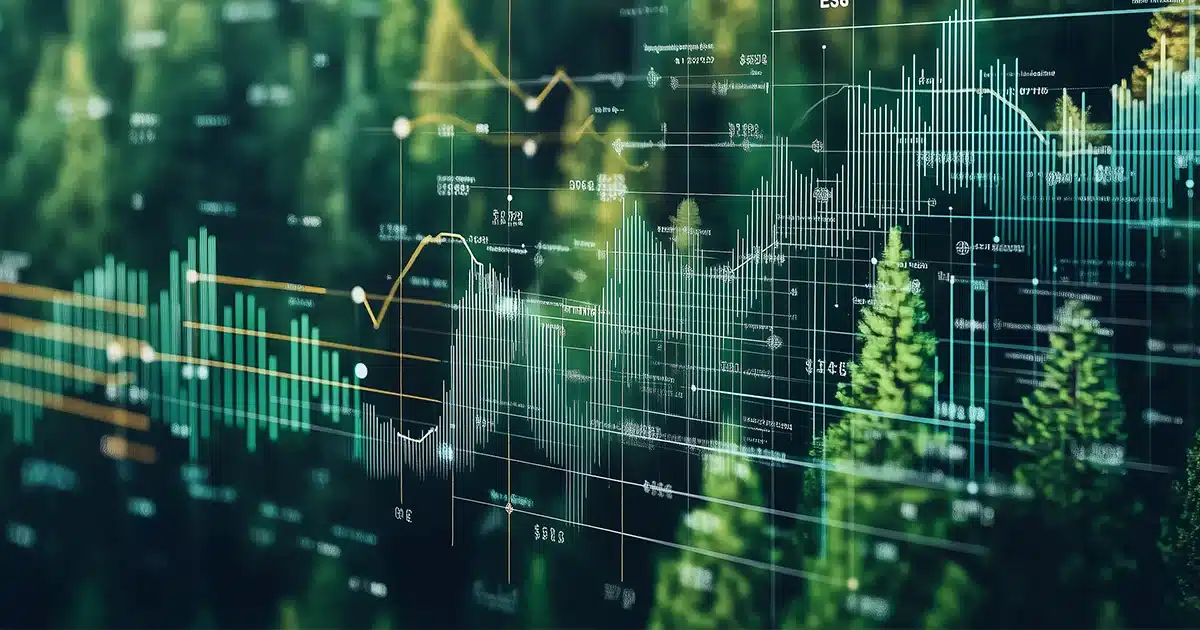Green buildings are on the rise. According to the Green Building Council of Australia (GBCA), there was an 80% increase in Green Star certifications in FY 2022-23. This sustainability revolution is transforming the way we think about design, construction, and the way we live.
Initiatives in the green building sector in Australia have made much progress. The commitment to continue these efforts in the future is growing stronger.
Eco-friendly Green Building and Sustainable Construction
Green building focuses on efficiency and minimal environmental impact, utilising sustainability practices that:
- Reduce carbon footprint
- Decrease energy consumption
- Improve water efficiency
- Utilise sustainable building materials
- Promote better indoor air quality
The idea of sustainable construction dates to the late 19th century, but the modern ecological architecture concept started in the 1960s. The energy crisis in the 1970s then fuelled the quest for renewable energy resources and more energy-efficient buildings. In the late 1980s, the Building Research Establishment Environmental Assessment Method (BREEAM) was introduced and became the longest established method to assess, rate, and certify building sustainability.
The Rise of Green Buildings in Australia
To promote sustainable construction practices involving eco-friendly building materials, energy-efficient infrastructure, and green design principles, the Green Building Council of Australia (GBCA) developed the Green Star building standard in 2003. In NSW, the State Environmental Planning Policy (Sustainable Buildings) 2022 (Sustainable Buildings SEPP) was made in August 2022 and became effective from 1 October 2023.
The Sustainable Buildings SEPP encourages the design and construction of more sustainable buildings across NSW. The NSW government developed this policy to help meet its net zero target by 2050 and the 70% emissions target by 2035 (compared to 2005 levels).
The Benefits of Green Buildings
Eco-friendly buildings have a combination of economic, environmental, and social benefits that are transforming our built environment.
Economic Benefits: Costs Down, Savings Up
GBCA estimated that an initial 2% sustainable design cost can result in average lifecycle savings of 20% of total construction costs, or over ten times the initial investment. Green buildings also often result in lower operating costs due to more efficient use of resources.
A GBCA report cited that, compared to an average building in Australia, Green Star certified buildings use 66% less electricity and 51% less potable water. Those can significantly reduce a building’s annual operating costs.
Environmental Benefits: Greener Energy, Lower Emissions
By using less water, energy, and other natural resources, green buildings help reduce negative impacts on the natural environment. Overall, green buildings can produce 62% less greenhouse gas emissions than an average building.
Builders now use recycled steel, bamboo, sustainably harvested timber, and other eco-friendly materials. This practice contributes to reducing carbon emissions, lower energy consumption, and a healthier indoor environment.
Eco-building design today also incorporate solar panels, wind turbines, geothermal systems, or other renewable energy sources. Generating clean energy onsite reduces reliance on fossil fuels and lowers greenhouse gas emissions.
Social Benefits: Better Health and Comfort
Green building aims to improve the health and comfort of occupants in a building. Builders avoid using materials that may contain harmful volatile organic compounds (VOCs) or plastic by-products, which are known to release toxic fumes and carcinogens into the atmosphere.
In Australia, people feel about 10% more comfortable in Green Star certified buildings compared to regular ones. Also, people report their health as being about 15% better in these buildings.
Higher Property Value and Stronger Market Demand
Green buildings are not just good for the environment and the occupants, they’re also good for the wallet. Research by the Commonwealth Scientific and Industrial Research Organisation (CSIRO) indicates an 8.6% average higher purchase price for housing with sustainable features.
A report by global property consultants Knight Frank Australia found that offices with National Australian Built Environment Rating System (NABERS) energy ratings of 5-6 stars attracted an 18% premium, while those with up to 4.5 stars are worth an average of 8% more than unrated buildings on a per square metre basis.
The demand for green buildings is increasing. Investors and occupiers see them as higher-value, lower-risk assets with lower operational costs. Sustainable buildings, therefore, attract more tenants and command higher prices.
Read about green building design trends happening now: Top Sustainable Design Trends in 2024
Sustainable Design: The Heart of Green Buildings
Driving the rise of green buildings is the concept of sustainable design. It is an approach that integrates environmental and social considerations into the design process of products, spaces, and systems.
Sustainable design aims to minimise negative environmental impacts, while enhancing the well-being of individuals and communities. The same applies to designing buildings, cities, and infrastructures – create healthy, safe, and comfortable spaces for people using those spaces while reducing their ecological footprint.
Learn more about Environmentally Sustainable Design (ESD) and its benefits.
Green Buildings are Reshaping Australia’s Future
The building and construction sector is leading the way in achieving decarbonisation by 2050. At the same time, green building property values can increase, with higher sale prices and rental rates. Occupancy rates can also go up as green buildings become more desirable.
Australia’s sustainability efforts are moving ahead and reshaping the real estate landscape. Homeowners and architects are embracing sustainable design and green buildings – a smart decision and a sound investment that can make the world a better place to live in.
Discover how you can be part of the green building revolution. Talk to our energy efficiency consultants who are ready and happy to assist you.

